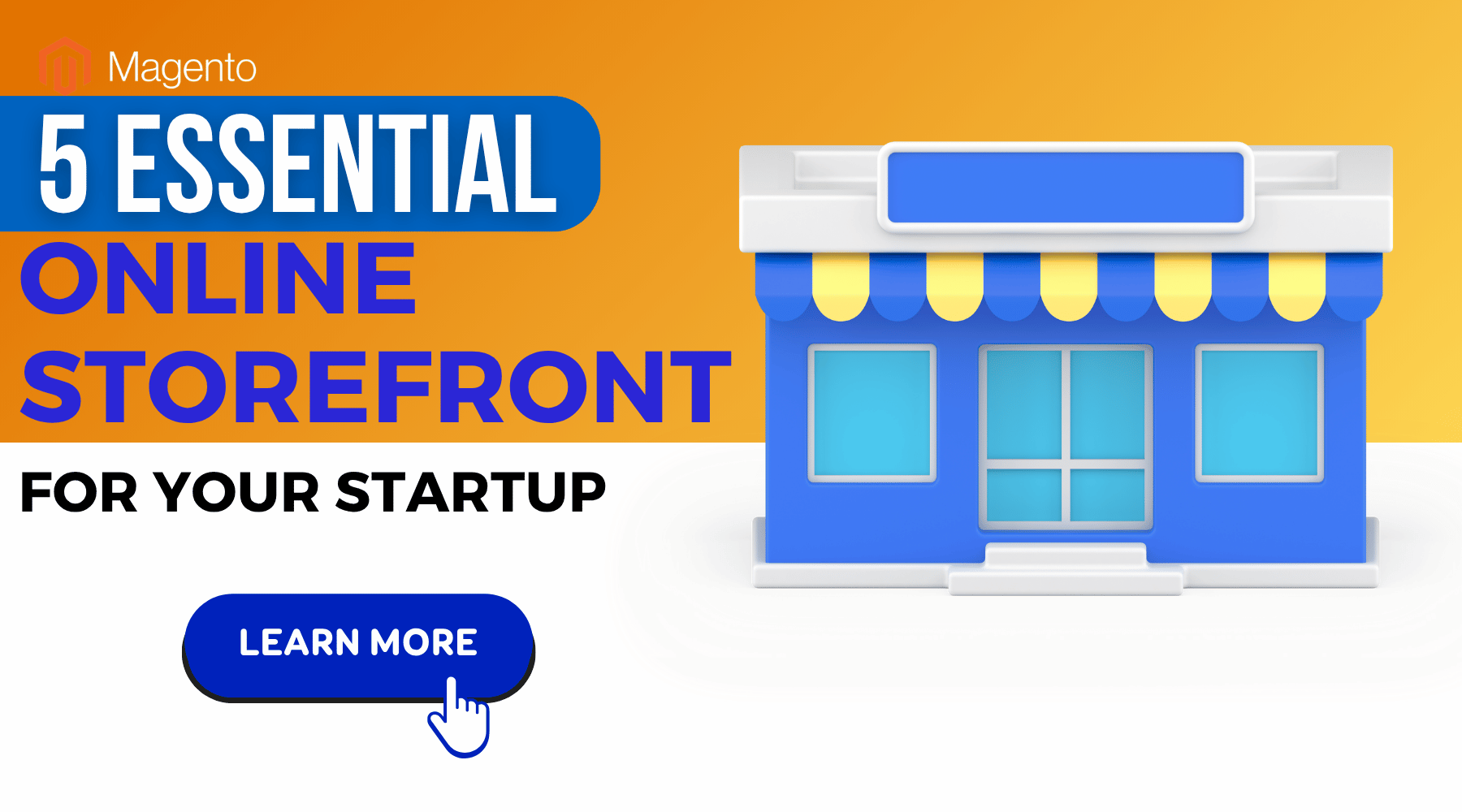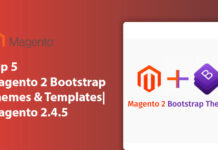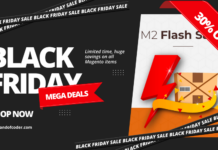
The recent global e-commerce boom has made the industry an appealing arena for new entrepreneurs looking to strike it rich. But it’s also a space that gets more crowded and competitive by the day. If you’re looking to launch an e-commerce startup, you need more than just in-demand products—you need a high-performing online storefront for your startup that can stand out and convert.
Your online storefront for your startup is often a customer’s first interaction with your brand. If it fails to capture their interest or instill confidence, they may leave before exploring what you have to offer. You may think your website mainly needs to look great to draw in potential buyers, but the truth is usability is just as important—if not more so. Today’s shoppers expect fast load times, intuitive navigation, and a seamless shopping experience, whether on desktop or mobile.
This guide explores effective strategies to build an online storefront for your startup that’s not only visually appealing but also optimized for functionality. These practical tips can help you make a lasting impression, increase conversions, and accelerate early-stage business growth.
Table of Contents
I. Optimize Your Checkout Process
A potential sale isn’t truly secured until a customer completes the checkout process—but too often, businesses lose customers at the final step. A complicated, time-consuming checkout experience is one of the biggest reasons for abandoned carts—which also spells lost revenue and missed opportunities to connect with more customers.

Fortunately, there are many steps you can take to reduce friction and encourage your customers to complete their purchases. Offer a guest checkout option so that customers can buy quickly without the hassle of signing up for an account. Display all your costs upfront, including shipping fees, so that there are no last-minute surprises that might deter buyers. Clear, concise progress indicators can also make a big difference, since they help shoppers understand how many steps remain in the checkout process.
On the back end, a good payment gateway is probably one of the best investments you can make for your online storefront for your startup. Look for a fast, secure solution that accepts multiple payment methods—such as credit cards, QR codes, and digital wallets—to ensure that customers can pay in the way that’s most convenient for them. You’ll also want to make sure your chosen payment process integrates well with the platform on which you host your store; Maya Checkout, for instance, is a payment gateway Shopify users in the Philippines trust for its seamless setup.
II. Prioritize a Clean and User-Friendly Design
Visitors should immediately feel at ease navigating your site from the moment they land on it. A cluttered, confusing layout can overwhelm potential customers and push them away before they even begin browsing your products. Simplicity is your best friend here—your website should be designed in such a way that shoppers can find exactly what they need in just a few clicks, without unnecessary distractions.

An intuitive navigation menu with well-defined categories helps streamline the browsing experience. Structure your project pages in a logical way, with clear filters and search functionality that allow customers to refine their choices effortlessly. In addition, it’s always worth it to optimize your store for quick loading and mobile responsiveness, as many shoppers will visit your site from a smartphone or tablet rather than a desktop.
III. Use High-Quality Photos and Videos
Online shoppers don’t have the luxury of physically inspecting products before making a purchase. Instead, they rely on images and videos to gauge quality, size, and details. If your product photos are grainy, poorly lit, or inconsistent, customers may assume your business lacks professionalism or attention to detail.

High-resolution images will help bridge the gap between online and in-person shopping by giving customers a clear and accurate representation of what they’re buying. Provide multiple angles, close-up shots, and, when applicable, lifestyle images that show products in real-world settings. Videos can be even more impactful—short clips demonstrating product features, usage, or durability can help potential buyers feel more confident in their purchase decisions.
IV. Write Clear and Persuasive Product Descriptions
An eye-catching product image may capture interest, but a well-written description seals the deal. A common mistake many startups make is either overloading their product pages with excessive technical jargon or providing vague, uninspiring descriptions that fail to answer key customer questions.
Great product descriptions are clear, substantial, readable, and persuasive all at the same time. The main thing you want to accomplish is to highlight the product’s usability—shoppers should understand why a product is worth buying, not just what it is.

Instead of simply listing features, focus on how the product benefits the customer. For example, rather than stating that a jacket is “made from high-quality wool,” emphasize its warmth, breathability, and durability. Keep descriptions concise but informative, and don’t hesitate to use bullet points where necessary to make your write ups easier to read.
V. Display Trust Signals and Social Proof
Online scams and subpar products are more common than ever. As a result, you’ll find it’s just as important to earn a customer’s trust as it is to refine your product offerings. Shoppers want reassurance that they’re making a safe and reliable purchase, especially when buying from a lesser-known startup. Without visible trust signals, even the best-designed storefront may underperform at converting visitors into buyers.

Customer reviews, testimonials, and user-generated content can be powerful trust-building tools. Feature authentic feedback from past buyers—perhaps in the form of star ratings, written reviews, or photos submitted by customers—to help new visitors feel more confident in their decision. In addition to customer feedback, consider adding trust badges such as “Secure Checkout,” “Money-Back Guarantee,” or “SSL Encryption” to further reassure visitors that their transactions are safe.
Conclusion
In the end, it helps to think of your startup’s online storefront as more than just a place to sell products; think of it as a direct reflection of your brand and the experience you aim to offer customers. The ultimate goal is to create an inviting space that attracts shoppers and encourages them to buy without hesitation. You’ll know you’ve succeeded when you see your store going beyond simply driving sales in the short-term and instead laying the foundation for lasting customer relationships.











![[SALE OFF] Discount 30% All Premium Extensions On Christmas And New Year 2025 christmas-and-new-year-2025](https://landofcoder.b-cdn.net/wp-content/uploads/2024/12/christmas-and-new-year-2025-1-218x150.png)






